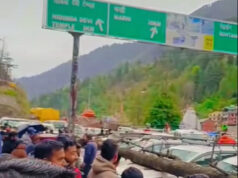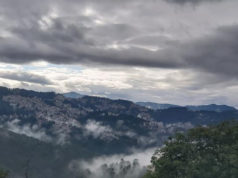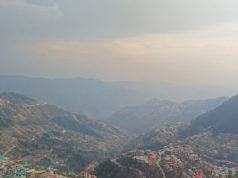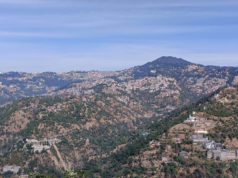
Shimla – In an unprecedented weather event, Himachal Pradesh is grappling with the driest January in 122 years, experiencing a staggering 99.7% less rainfall than the historical average, according to data released by the Meteorological Department. The Director of the Meteorological Center in Shimla, Surendra Paul, revealed that from January 1 to 18, the state received a mere 0.1 mm of rain, a stark contrast to the normal 43.1 mm during the same period.
The last time Himachal Pradesh encountered such a significant rainfall deficit was in 1966, recording 99.6% less rainfall than the average. However, this year’s statistics have surpassed even that, marking an unprecedented period of dry weather.
Surendra Paul noted that the data from 1901 reveals that 2024 is not only the driest year by January 18 but also a stark departure from the historical weather patterns. The second driest January was recorded in 1966, followed by 2007, with deficits of 99.6% and 98.5%, respectively.
| Year | Rainfall Deficit Percent | Rank |
| 2024 | 99.7% | 1st |
| 1966 | 99.6% | 2nd |
| 2007 | 98.5% | 3rd |
| 1902 | 92.4% | 4th |
| 1986 | 91.4% | 5th |
| 2018 | 90.5% | 6th |
| 1916 | 87.8% | 7th |
| 1936 | 86.5% | 8th |
| 1963 | 83.5% | 9th |
| 1998 | 83.4% | 10th |
Despite the prolonged dry spell, there may be a silver lining on the horizon. The Meteorological Department’s extended-range weather forecast suggests a potential change in weather patterns between January 26 and February 1. The forecast indicates the likelihood of rain and snowfall in various parts of the state during this period, offering hope to residents and agricultural communities.
The affected regions include Lahaul-Spiti, Kinnaur, Shimla, Sirmaur, Solan, Una, Hamirpur, Bilaspur, Mandi and Kullu, where average rainfall is expected to return. The rest of the state is also anticipated to witness a return to normal precipitation levels, providing relief to the land and its inhabitants.
As Himachal Pradesh eagerly awaits the possibility of rejuvenating rainfall and snowfall, the residents remain optimistic, anticipating a shift in the weather pattern that could bring much-needed relief to the region’s agricultural and ecological systems.











